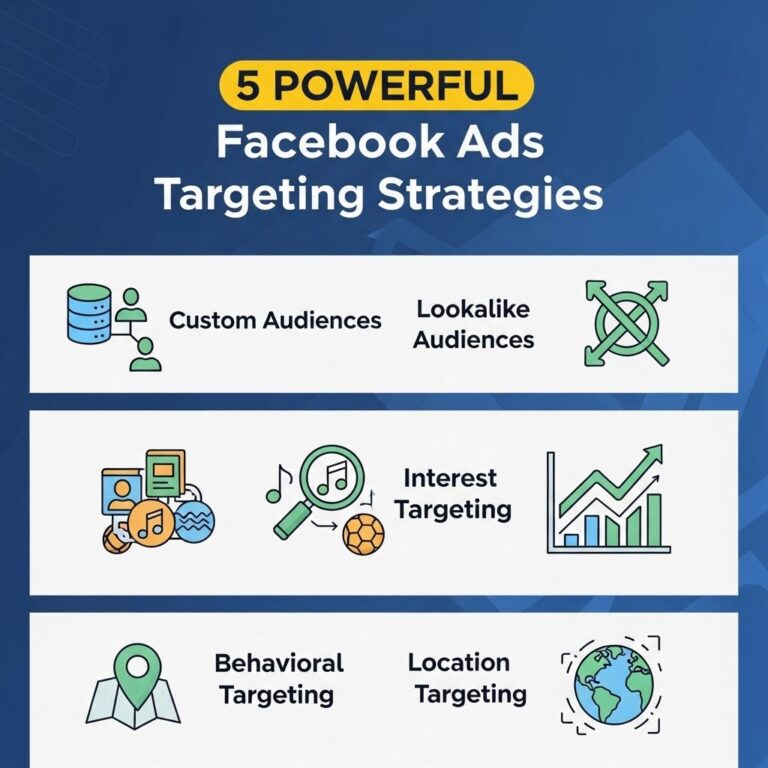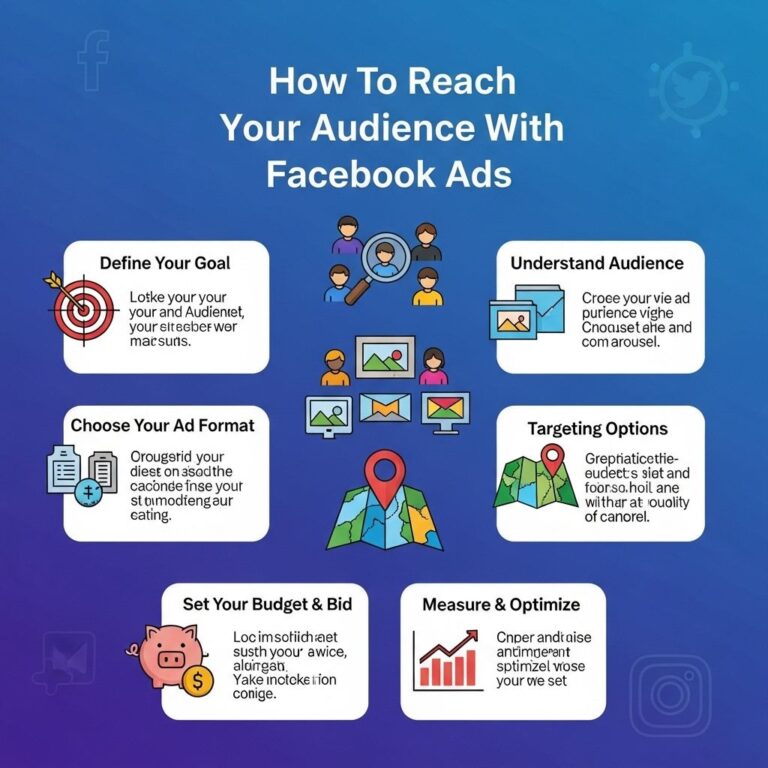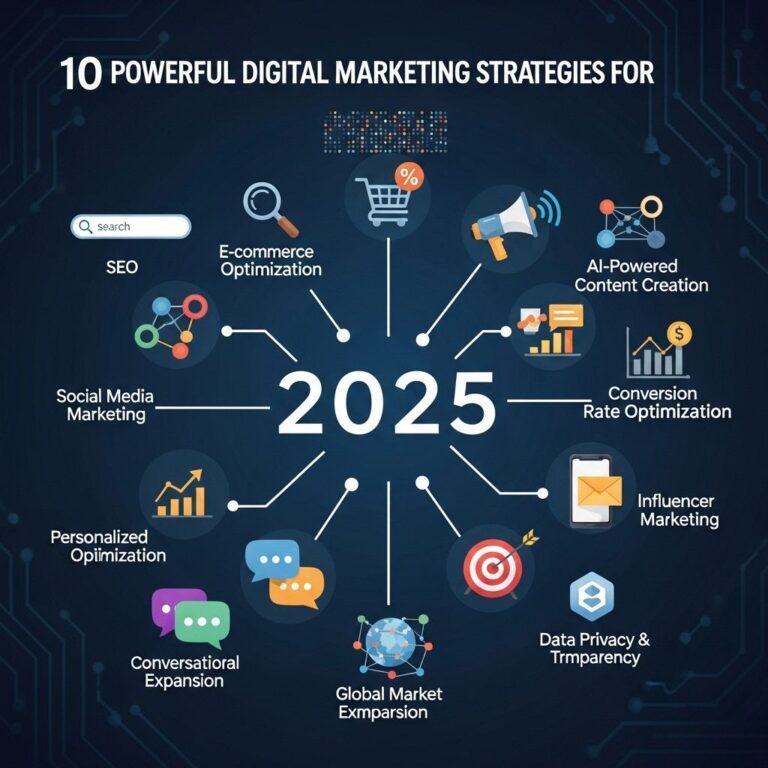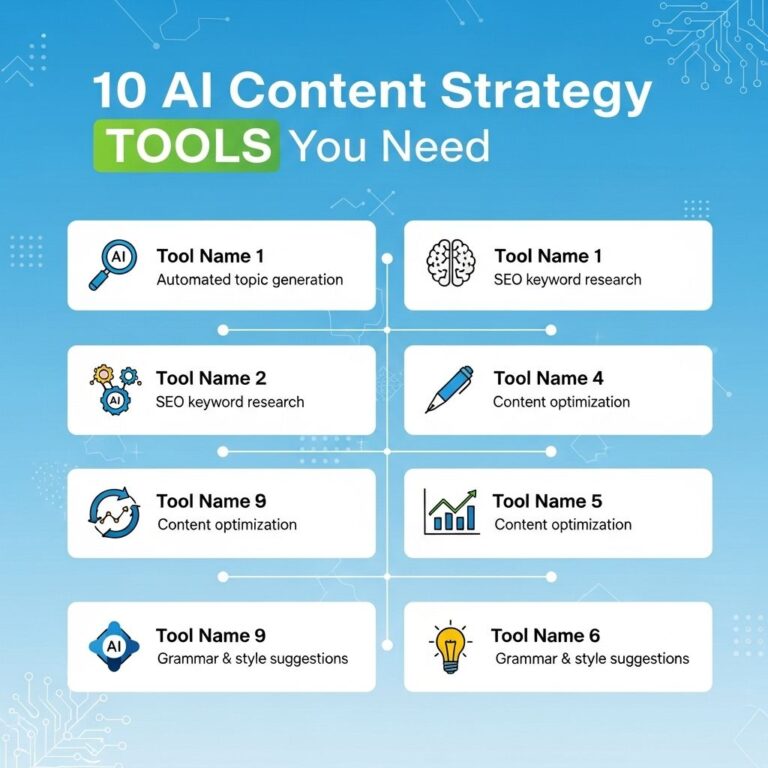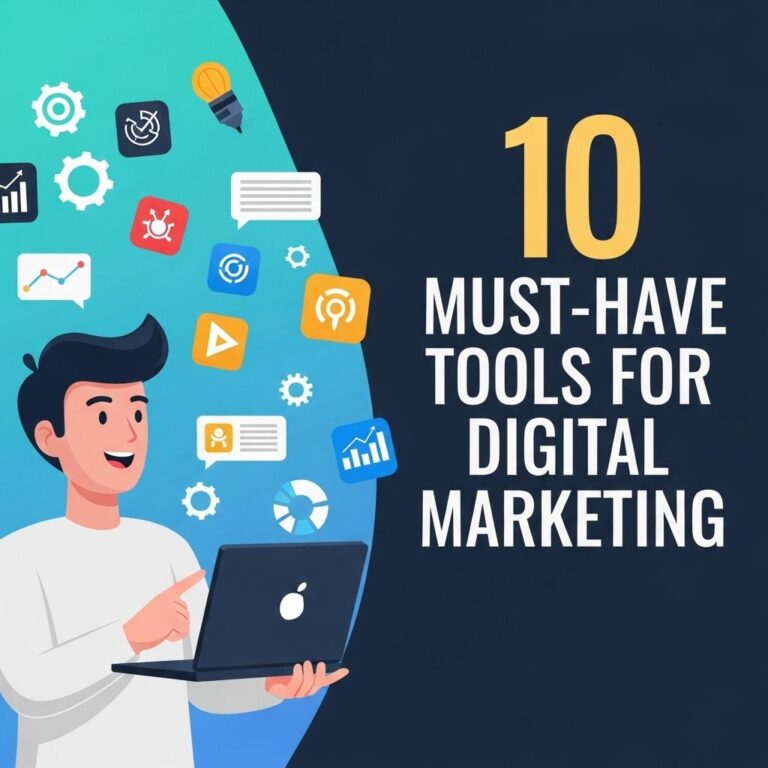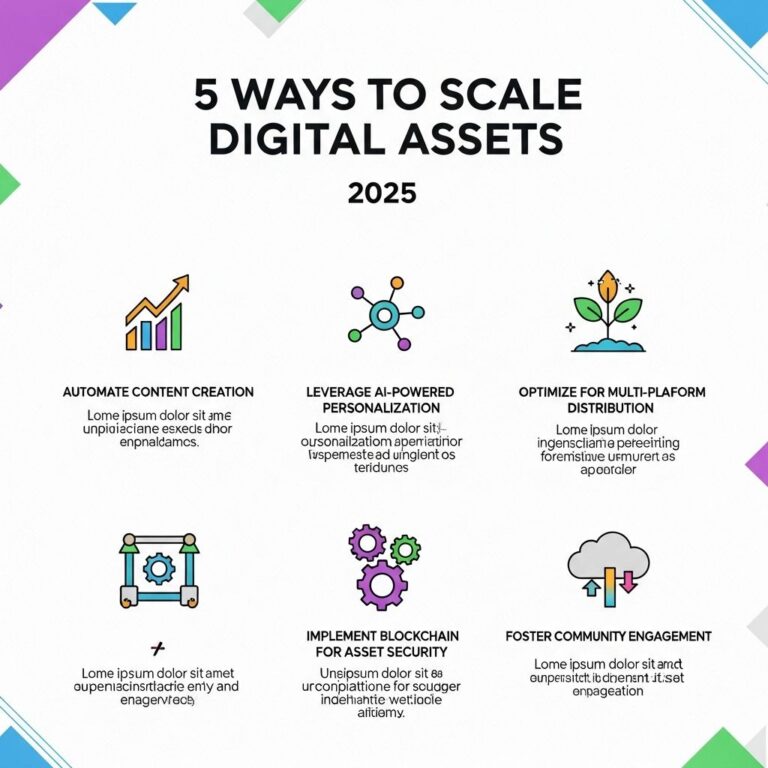Table of Contents
Introduction to Landing Page Design
In the rapidly evolving digital landscape of 2025, businesses need to adapt their strategies to stay competitive. One of the most critical components of online marketing is the landing page. A well-designed landing page can effectively capture leads and drive conversions, making it an essential tool for any business looking to grow. In this article, we will explore effective landing page design strategies that can transform your business and significantly enhance lead generation.
The Importance of Landing Pages
Landing pages serve a unique purpose in online marketing. Unlike regular web pages, which often provide general information about a business or its offerings, landing pages are specifically designed to convert visitors into leads. They do this through targeted content, a strong call to action (CTA), and a seamless user experience. Here are some key benefits of having effective landing pages:
- Focused Messaging: Tailored content that speaks directly to the needs and interests of your audience.
- Increased Conversion Rates: A well-crafted landing page can significantly boost your conversion rates.
- Improved ROI: Targeted campaigns lead to higher quality leads and better return on investment.
- Better Data Collection: Landing pages are ideal for capturing information through forms, helping you build a valuable database.
Key Elements of Effective Landing Pages
To create a landing page that converts, several key elements must be included. Here’s a breakdown of these essential components:
1. Compelling Headline
The headline is the first thing visitors will see, so it must grab their attention and clearly communicate the value of your offer. It should be concise, engaging, and relevant to the target audience.
2. Persuasive Subheadline
Follow your headline with a subheadline that reinforces your main message. This gives visitors a quick summary of what they can expect and encourages them to continue reading.
3. High-Quality Visuals
Images and videos can significantly enhance the user experience by providing visual context and breaking up text. Use high-quality visuals that reflect your brand and resonate with your audience. A/B testing different images can help determine what resonates best.
4. Clear Call to Action (CTA)
Your CTA is the most crucial element of your landing page. It should be clear, compelling, and visually distinct, encouraging visitors to take the desired action. Use action-oriented language, such as ‘Get Started’, ‘Download Now’, or ‘Sign Up Today’.
5. User-Friendly Form
When collecting information, keep your forms simple and easy to fill out. Minimize the number of fields to reduce friction and increase the likelihood of completion. For example, asking for just an email address and name can yield better results than a lengthy form.
6. Social Proof
Incorporating testimonials, reviews, or case studies can build trust and credibility. Social proof shows potential customers that others have benefited from your offer, making them more likely to convert.
7. Mobile Optimization
With an increasing number of users accessing websites via mobile devices, it’s essential to ensure your landing page is mobile-friendly. This includes responsive design and fast loading times, ensuring a seamless experience for all users.
Designing for Lead Generation
Effective design is at the heart of successful landing pages. Here are some design strategies to keep in mind:
1. Simplicity is Key
A cluttered landing page can overwhelm visitors and decrease conversion rates. Aim for a clean and uncluttered design that highlights your offer and CTA. Use whitespace strategically to create separation and focus.
2. Visual Hierarchy
Guide visitors’ eyes to the most critical elements of your landing page. Use size, color, and placement to create a visual hierarchy that leads users toward your CTA.
3. Consistent Branding
Your landing page should align with your overall brand identity. Use consistent colors, fonts, and imagery to reinforce your brand and create a cohesive experience.
4. Effective Use of Colors
Colors evoke emotions and can influence behavior. Use contrasting colors for your CTA to make it stand out, while ensuring that the overall color scheme aligns with your brand values.
5. Trust Signals
Adding trust badges, secure payment icons, and data privacy assurances can help alleviate concerns and encourage visitors to share their information.
Measuring Success
To understand the effectiveness of your landing page design, it’s crucial to track and analyze performance metrics. Here are some important metrics to consider:
| Metric | Description |
|---|---|
| Conversion Rate | The percentage of visitors who complete the desired action on your landing page. |
| Bounce Rate | The percentage of visitors who leave the page without taking any action. |
| Average Time on Page | The average time users spend on your landing page, indicating engagement levels. |
| Click-Through Rate (CTR) | The percentage of users who click on your CTA compared to the total number of visitors. |
By regularly monitoring these metrics, you can make data-driven decisions to optimize your landing pages further and improve lead generation strategies.
Conclusion
Effective landing page design is an invaluable asset for lead generation in 2025. By focusing on key elements, employing strategic design techniques, and continuously measuring success, businesses can create landing pages that not only attract visitors but also convert them into qualified leads. As the digital landscape continues to evolve, staying ahead of design trends and user preferences is crucial for any business aiming to thrive in this competitive environment.
FAQ
What are the key elements of an effective landing page for lead generation?
An effective landing page should include a clear and compelling headline, persuasive copy, strong visuals, a prominent call-to-action (CTA), and a user-friendly layout.
How can I optimize my landing page for higher conversion rates?
You can optimize your landing page by A/B testing different elements, using analytics to track user behavior, simplifying forms, and ensuring fast loading times.
What role does mobile optimization play in landing page design?
Mobile optimization is crucial as a significant portion of traffic comes from mobile devices; a responsive design ensures a seamless experience for users on all devices.
How often should I update my landing page design?
It’s advisable to review and update your landing page design regularly, ideally every few months, to keep it fresh and aligned with current trends and user preferences.
What are some common mistakes to avoid in landing page design?
Common mistakes include cluttered layouts, vague CTAs, too much text, lack of trust signals, and ignoring mobile users.
Why is the call-to-action (CTA) important on a landing page?
The CTA is essential as it guides visitors on what action to take next; a strong, clear CTA can significantly increase your lead generation.


